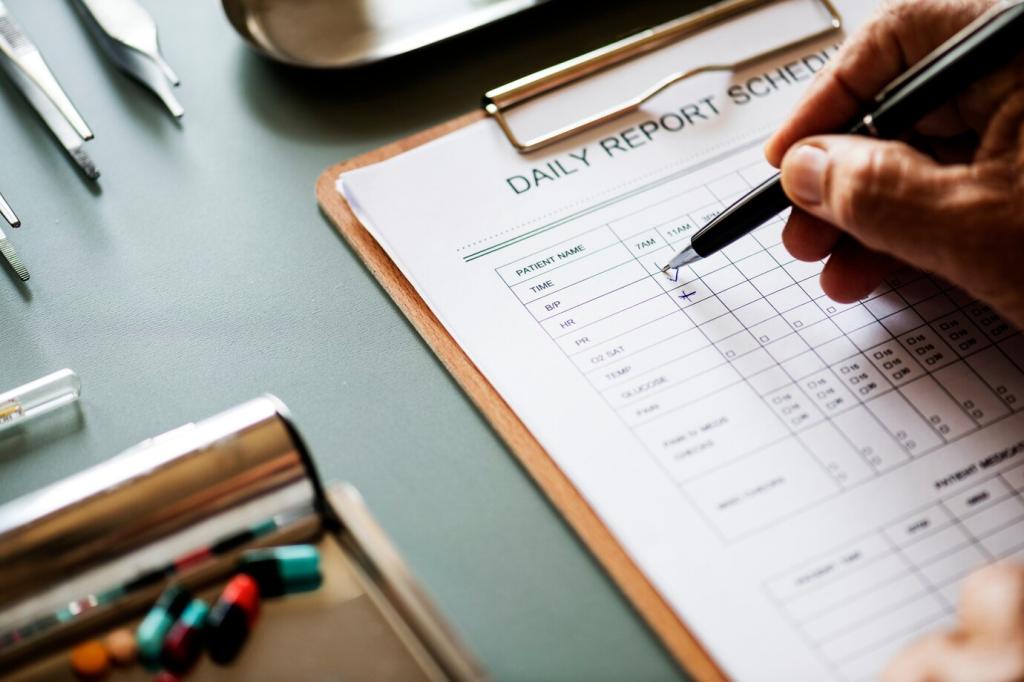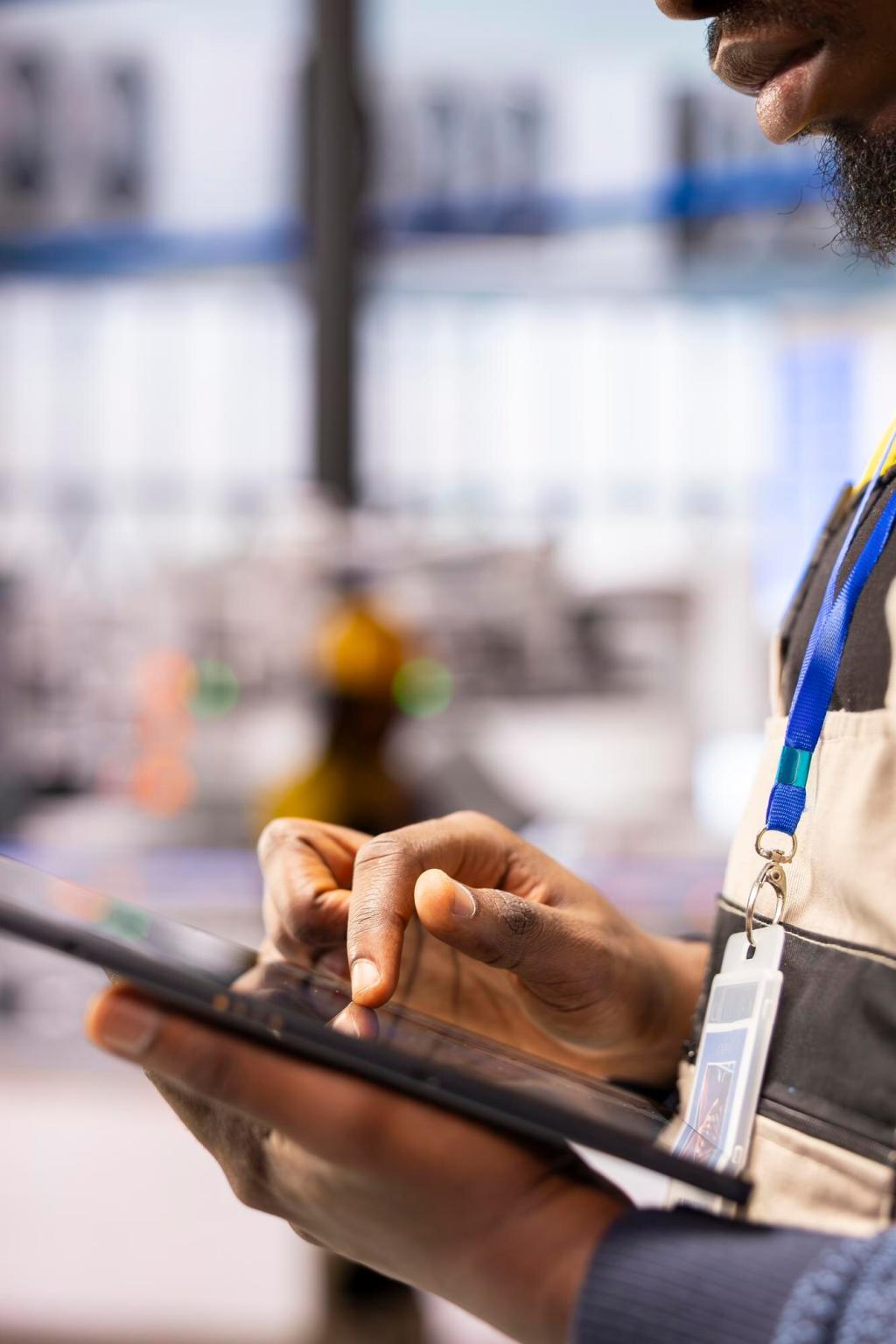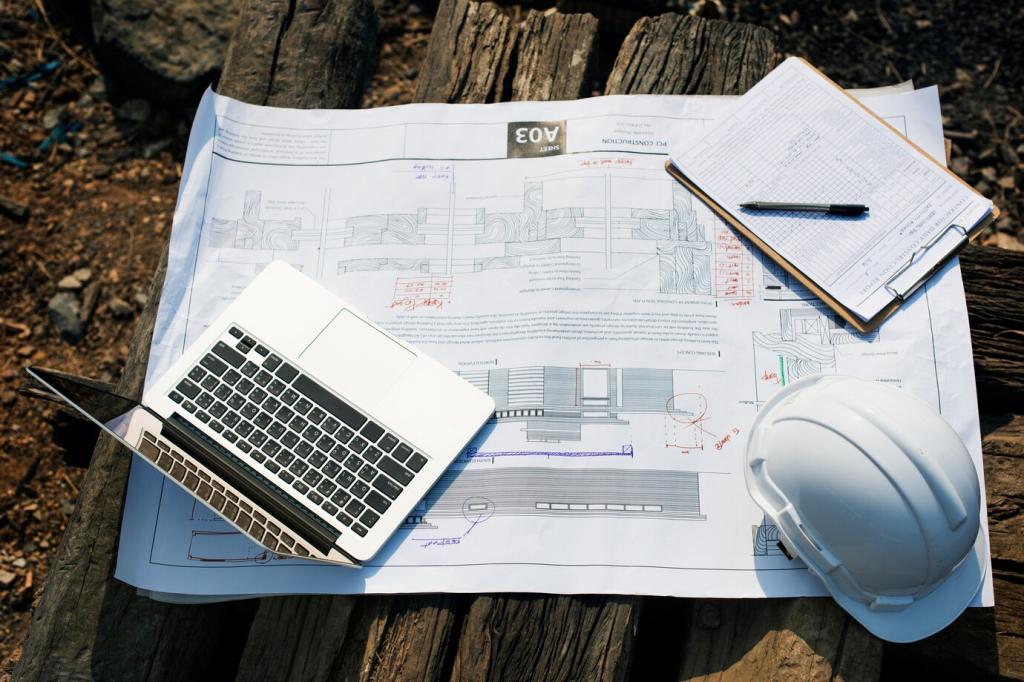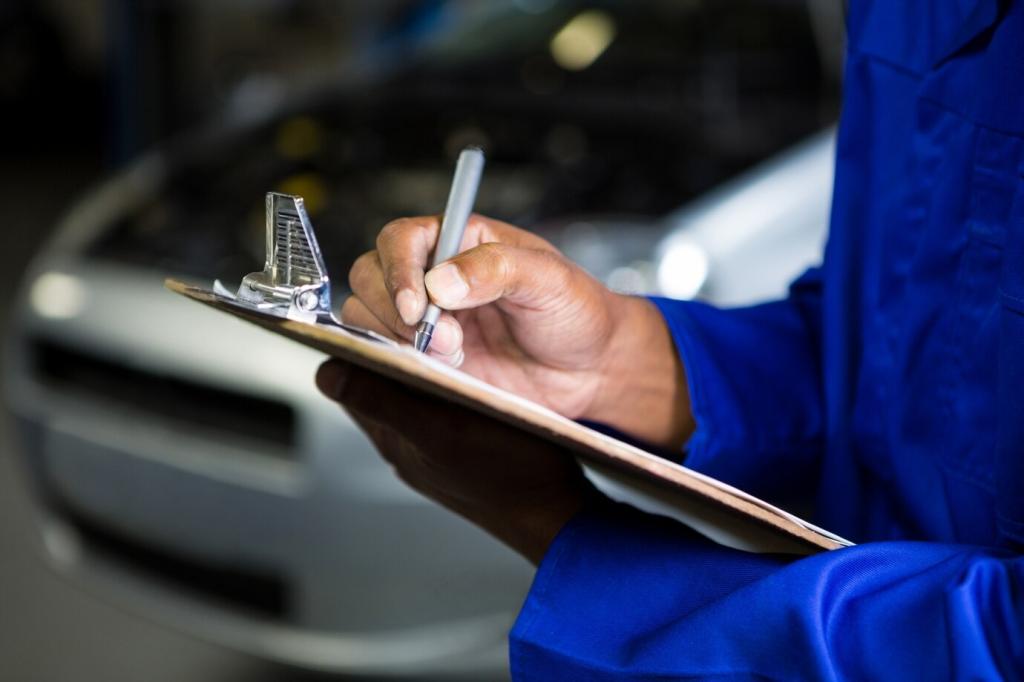Image Quality: Practical Physics That Matter
kVp shapes beam penetration and contrast; mAs controls photon quantity and noise; SID influences magnification and sharpness. Start with proven technique charts, then refine by species and body part. As image processing improves, you can preserve detail using lower mAs, protecting patients and teams while maintaining diagnostic confidence.
Image Quality: Practical Physics That Matter
Grids improve contrast in thicker anatomy but require more exposure; use them thoughtfully. Collimation is the cheapest, safest upgrade—tight fields slash scatter and enhance clarity. Combine with tabletop positioning and proper centering. With disciplined technique, many clinics report fewer retakes and more consistent reads across multiple staff members.









